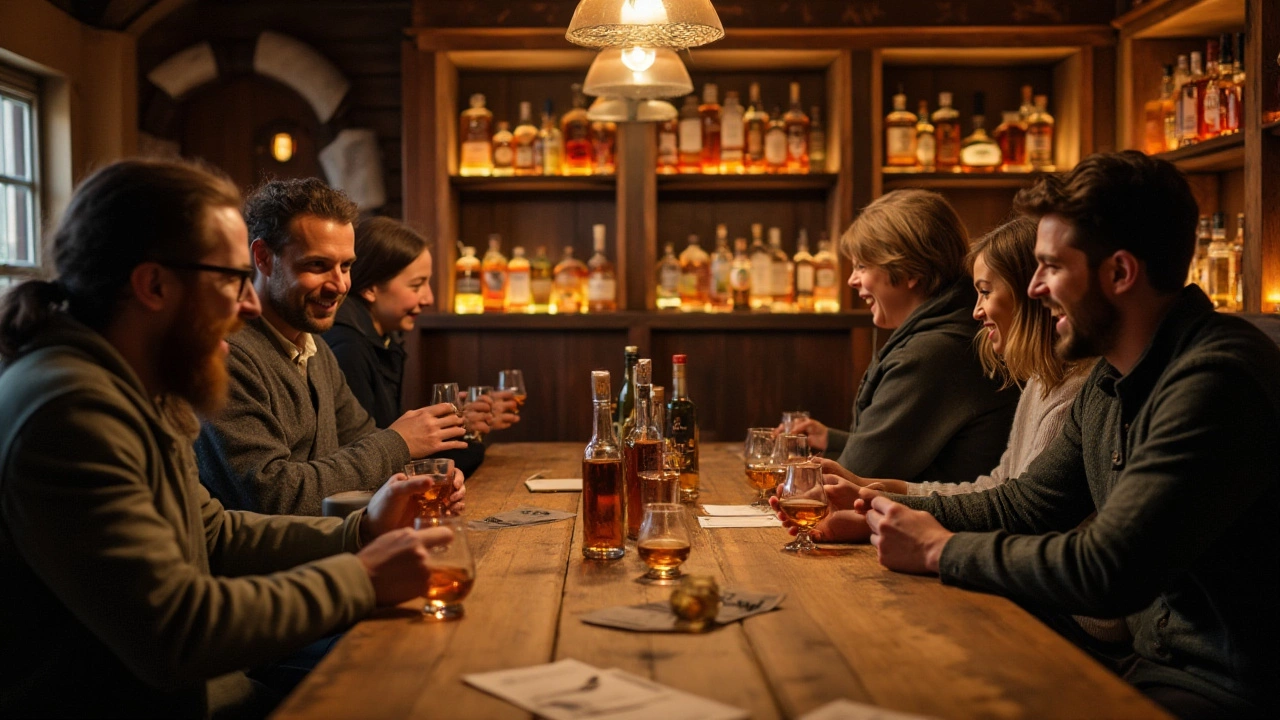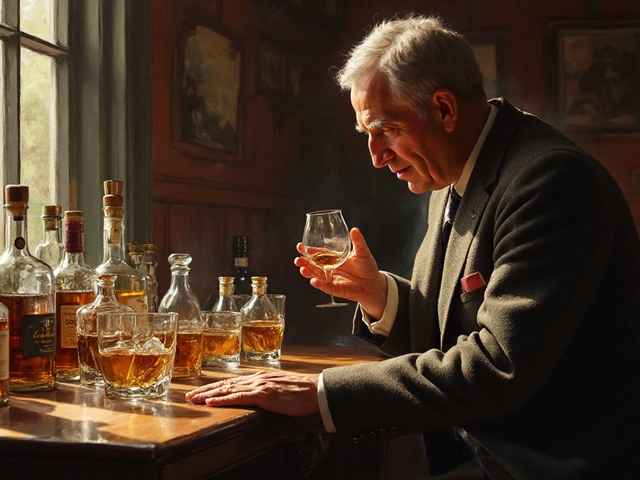Whisky Duration: Aging, Shelf Life, and How Long to Enjoy Your Dram
Ever wondered why some whiskies boast 12‑year labels while others are ready right out of the bottle? The answer lies in whisky duration – the time it spends aging, the period it stays fresh after opening, and how long you can savor each sip. Let’s break down the timeline so you know exactly what to expect.
How Long Does Whisky Age Before It Hits the Shelf?
Most whisky lovers think of age as the same thing as quality, but it’s really about flavor development. In Scotland, the law says whisky must rest in oak barrels for a minimum of three years. Many brands choose 8, 12, 15, or even 30 years to let the spirit soak up wood tannins, vanilla, and caramel notes. The longer it stays in the cask, the smoother and more complex it usually becomes.
However, age isn’t the only factor. The type of oak, the climate, and the barrel’s previous use all shape the final taste. A 12‑year Scotch from a warm, humid region might taste richer than a 15‑year from a cooler area. So when you see a “12‑year” label, think of it as a snapshot of the whisky’s journey, not a guarantee of superiority.
What Happens After You Open a Bottle?
Once the seal is broken, whisky begins to interact with air. Unlike wine, which can oxidize quickly, whisky is resilient. Most experts say an unopened bottle can sit for decades if stored properly—cool, dark, and upright to keep the cork from drying out.
After opening, you’ll still have plenty of life left. A standard 750 ml bottle will stay enjoyable for about 1‑2 years if you keep it sealed tightly and away from light and heat. Some enthusiasts even report a subtle softening of the flavor after a few months, which can be pleasant. If you notice a strong metallic taste or a sudden loss of aroma, it’s probably time to let the remaining dram rest or pour it into a smaller container to reduce headspace.
How Long Should You Sip a Single Glass?
The “duration” of a single pour is more about personal pacing than science. If you’re tasting, take small sips, let the liquid coat your tongue, and notice the evolving flavors. A typical tasting session lasts 10‑15 minutes for a few different whiskies. For casual sipping, most people finish a glass within 20‑30 minutes, giving the spirit time to open up without getting too warm.
Remember, whisky warms up quickly at room temperature, which can change the taste. If you like it a bit cooler, keep your glass in the fridge for a few minutes before pouring. Just don’t freeze it—ice will dull the flavor and add unwanted water.
In short, whisky duration covers three key phases: the aging period that creates its character, the shelf life after the bottle is opened, and the pacing of each individual sip. Knowing these timelines helps you store, serve, and enjoy your whisky at its best.
So next time you pick up a bottle, check the age statement, store it right, and give yourself enough time to really taste the story each dram has to tell. Cheers to a whisky that’s perfect from barrel to glass!
Whisky tasting is an experience that often intrigues enthusiasts and novices alike. The duration of such a tasting can vary widely based on several factors, including the type of event, the number of whiskies being sampled, and the depth of information provided. This article explores what participants can generally expect in terms of timing, along with some tips and interesting facts about whisky that can enhance the tasting experience. Whether you prefer a quick tasting or a more detailed session, understanding these elements can make your visit more enjoyable.
View Details

